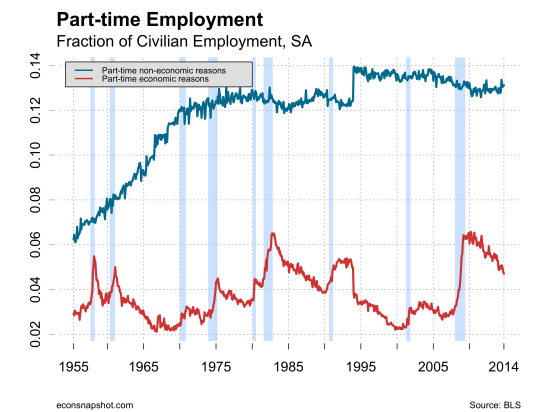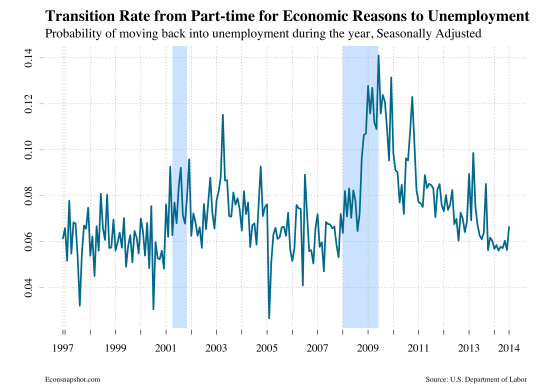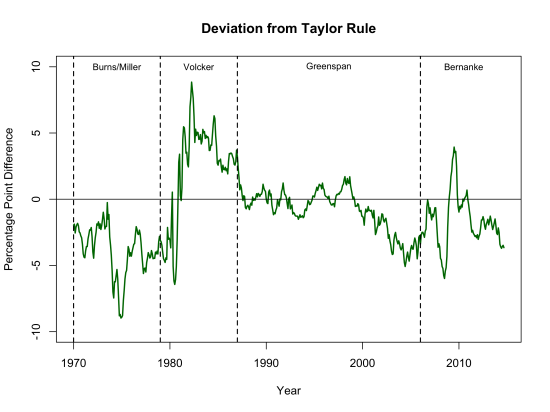by Zach Bethune, Thomas Cooley and Peter Rupert
GDP Report
The BEA announced the second estimate for real GDP this morning, boosting Q3 growth to 3.9% from 3.5% announced in the advance estimate. The increase came largely from boosts in business investment and consumption. The equipment component of business fixed investment increased 10.7%. Residential structures showed only a 2.7% rise while the Case-Shiller and FHFA home price indices were essentially flat.
The contribution of investment to GDP growth was less than a third of the contribution in the second quarter while the contribution of Exports, while still positive, was less than a half of what it was. The GDP numbers suggest that the U.S. economy is strong and resilient although there are reasons for concern. Chief among these concerns is that major trading partners of the U.S. are struggling – some of them mightily. In this post we look at the U.S.in relation to other major trading partners and the powerful emerging economies. Our comparisons are somewhat hampered by the reliability and availability of data (see our rant on europeansnapshot) but we show what we can.
North America
The first thing to note is that North American Economy as a whole is recovering well. The U.S., Canada and Mexico are all expanding in the seven years since the financial crisis of 2007-2009 brought many of the worlds economies to their knees. The picture below shows the trajectory of the North American economies since the financial crisis. This is important because Canada is the top U.S. trading partner and Mexico ranks third behind China. If these economies were faltering that would hold back the U.S. but they are not.
Europe and Japan
Outside of North America the other most important trade relationship is with Europe. Taken as a whole the EU accounts for 17% of world GDP, slightly more than the U.S. Europe – U.S. trade accounts for 40% of world trade in services and 30% of world trade in goods. Japan accounts for about 5% of world GDP and is the fourth largest trading partner. The picture below shows that Europe and Japan are both stagnant. The European debt crisis is in the past but the crisis revealed many weaknesses in the design and execution of European integration that has resulted in what we called Europe’s Lost Decade on our companion blog. Japan has experienced two quarters of recession as Mr. Abe’s “three arrows” policy has seemingly backfired. Although the U.S. looks strong by comparison to these major trading partners their weakness constitutes a major headwind for the U.S. economy. If they are not well it is harder for us to do well.
GDP slowing in BRICS
Much of the momentum in the world economy for the past decade has been contributed by the fast growing emerging market economies referred to as the BRICS – Brazil, Russia, India, China and South Africa. Data limitations are a major limitation in looking at these economies but the pictures below give a sense of the recent pattern. Brazil has slipped into recession as has Russia. Partial data suggests that Chinese growth is slowing. The BRICS excluding China seem to be slowing somewhat, growing more at the pace of the U.S. than at their historical pace.
The Engine of World Growth?
However disappointing we may find the pace of this recovery, The U.S. and North American economies look decidedly stronger than those of our other major trading partners. Without more widespread recovery U.S. growth will be held back. But Japan and Europe suffer from structural problems – unfavorable demographics and inefficient labor markets that are not easily fixed. It may be that we should be giving thanks for our blessings.























